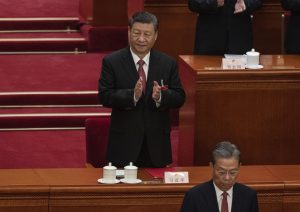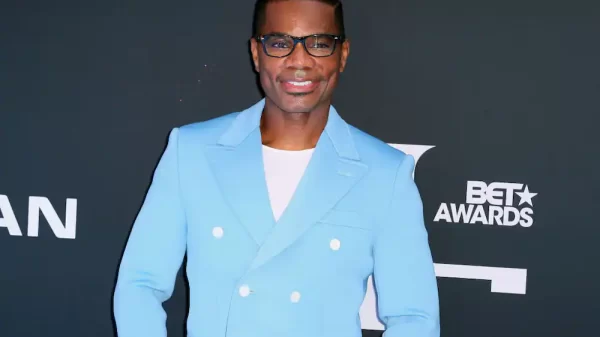Donald Trump’s appeal to men, particularly Latino men and young white men, has raised concerns among Democrats, with some accusing the party of neglecting male interests or even undermining them. John Della Volpe, a polling expert, suggests that these men, while supportive of gender equality, feel their own issues are being ignored.
This critique reflects broader societal concerns about men’s loneliness, declining educational and employment outcomes, and a sense of abandonment, which some argue have pushed them toward Trump and his supporters’ exaggerated views of masculinity.
These grievances, however, are not new. The discourse around marginalized men can be traced back to the men’s rights movement, which emerged in the 1960s.
Activists within this movement have long claimed that men face systemic disadvantages, especially due to feminist movements, which they argue prioritize women’s rights at the expense of men’s. These ideas have gained renewed attention as the current political conversation focuses on disillusioned young men and their perceived struggles.

Trump’s Appeal to Disillusioned Men Raises Concerns About Gender Equality and the Men’s Rights Movement
The roots of the men’s rights movement lie in the early 1960s, when activists began to criticize family courts for favoring women in divorce settlements, particularly in terms of child custody and alimony.
Despite the historical context in which these laws were created—often to protect women and children—men’s rights advocates saw these decisions as evidence of discrimination against men. This led to the formation of groups like the Divorce Racket Busters and the American $ociety of Divorced Men, which campaigned against divorce laws and sought to offer men emotional and legal support.
These early men’s rights groups framed their cause as part of a broader movement for gender equality. They argued that if women sought equality in areas like divorce, work, and pay, then men should also receive equal treatment, particularly in family law.
This movement expanded to challenge traditional notions of masculinity, claiming that just as women were objectified based on femininity, men were objectified as “success objects,” expected to excel at work and provide financially for their families.
During the 1970s, some men’s rights activists even supported the Equal Rights Amendment (ERA), which aimed to prohibit discrimination based on sex. Although they believed the ERA would benefit both men and women, their motivations differed from those of feminist groups.
While feminists viewed the ERA as a way to advance women’s rights, men’s rights activists saw it as a way to correct what they viewed as an imbalance in family law, including the abolishment of alimony and child support obligations that they believed unfairly burdened men.
As the feminist movement made progress, men’s rights activists began to claim that society’s focus on women’s issues, such as violence against women, led to false accusations against men.
They argued that men were unfairly vilified in discussions of sexual harassment, assault, and domestic violence, and that the legal system discriminated against them. They also criticized feminist portrayals of men as inherently violent, claiming that the passage of the ERA would lead to more balanced treatment in these areas.
In the 1980s and 1990s, men’s rights activists shifted their focus to state-level reforms and academic discussions on gender violence. They promoted the idea that men were the primary victims of domestic violence, citing flawed studies to back up their claims.
They also began to highlight broader social issues, such as the educational struggles and mental health challenges faced by men, arguing that these were signs of systemic discrimination against them.
Although the men’s rights movement gained little traction in the 20th century, the rise of social media and podcasts in the 21st century has allowed its ideas to gain more influence. The movement has aligned itself with Trump, seeing him as a defender of men’s rights, particularly in his opposition to women’s political figures like Hillary Clinton and Kamala Harris.
This has brought the movement’s core idea—that men are being left behind—into the mainstream, but with a dangerous ideological agenda that calls for the dismantling of women’s rights in the name of gender equality.
The history of the men’s rights movement is crucial for understanding the political shift of disillusioned young men toward right-wing politics. Although many of their concerns about gender inequality are valid, the solutions proposed by men’s rights activists are radical and harmful, particularly to women.
Efforts to undo laws like the Violence Against Women Act and impose more control over women’s reproductive rights illustrate the dangerous potential of this movement if its rhetoric and goals are not carefully examined and addressed by Democrats and the media.























